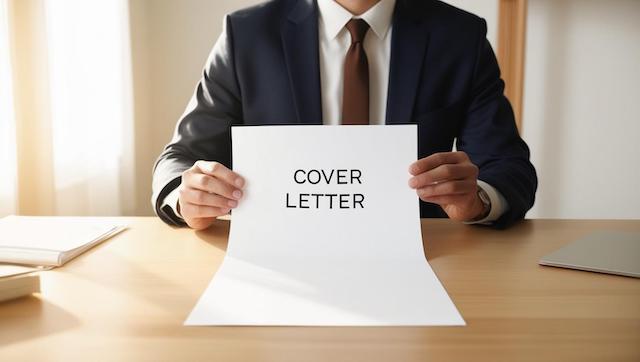When you’re applying for a job, your resume shows off your experience, but your Cover Letter reveals your personality. A good cover letter is your chance to impress, share your interest in the role, and explain what makes you unique. In today’s job market, it’s not just a nice extra; it’s necessary. This guide will show you how to write a cover letter that stands out and grabs attention, tells your story, and makes hiring managers want to learn more about you.
Why a Cover Letter Still Matters
A lot of job seekers wonder if cover letters are still important. They are, especially if done right. A solid cover letter:
- Shows your personality in a way a resume can’t
- Explains why you’re interested in the company and the role
- Contextualise your key achievements
- Demonstrates the communication skills that employers want
Think of your cover letter as your pitch. It shouldn’t just repeat your resume; it should bring it to life.
Step 1: Research the Company and Role
Before you start writing, gather some information. Check the company’s website, read about their mission, look at recent news, and review the job description. This will help you:
- Match the company’s tone
- Align your background with what they need
- Include specific references that show you care
Example: “I’ve admired [Company]’s focus on sustainability for a while, so I’m excited to apply for the Marketing Associate role where I can help with impactful campaigns”.
Step 2: Use a Clear Format
The format matters. Hiring managers only spend a few seconds looking at your letter, so make it easy to read. Here’s a simple layout to follow:
- Your name and contact info at the top
- Date and employer’s info below
- A professional greeting (like Dear [Hiring Manager’s Name])
- Three to four short paragraphs
- A closing statement with your signature
Keep it to one page with a standard font (like Arial or Calibri, 11–12 pt) and good spacing.
Step 3: Start with a Strong Opening
Kick things off with energy. Avoid starting with clichés like “I’m writing to apply…” Instead, show your enthusiasm and hint at your value.
Example: With five years of data analysis experience and a passion for using numbers to drive strategy, I’m excited to help [Company] grow.
Your first sentence should grab attention and show your personality.
Also Read: 5 Resume Formats and When to Use Them
Step 4: Focus on Value, Not Just Duties
This is your chance to go beyond job titles and talk about the impact you made. Rather than just listing tasks, explain how you added value.
Example: “At ABC Corp, I led a team to revamp our onboarding process, which increased new hire satisfaction scores by 40% in six months.”
Use numbers when you can; they make your accomplishments stand out.
Step 5: Customise Each Letter
Yes, it takes time, but it pays off. Adapt your letter to match the language, values, and requirements in each job listing.
Look for keywords in the job description and include them naturally in your letter.
Example: If the listing emphasises collaborative leadership, share a time you led a team project and the results.
Step 6: Show Enthusiasm
Companies want to hire folks who are genuinely excited about the job. Let that shine through, but stay professional.
Bad example: I just need any job and would love to join your team.
Better example: I’ve always admired [Company]’s creative approach to product development, and I’m eager to contribute my background in UX design to your talented team.
Real enthusiasm can help you stand out from other candidates.
Step 7: Close with Confidence
End on a polite but assertive note. Summarise your interest and suggest the next step.
Example: I would love to chat about how my experience can support your team’s goals. Thank you for considering my application. I look forward to discussing it further.
Finish with a professional closing, like Sincerely or Best regards.
Common Mistakes to Avoid
Even strong candidate make silly mistakes in their cover letters, but be mindful of:
- Being generic (“I am applying for the job you posted…”)
- Repeating your resume without new insights
- Using filler language or overly long paragraphs
- Sending the same letter for every job
- Not proofreading (typos can make you look careless)
Before sending, read your letter out loud. Does it sound like you? Is it clear and confident?
Conclusion
Writing a good cover letter isn’t about being perfect; rather, it’s about being real, capable, and motivated. Customise each letter, share specific stories, and show genuine interest in the job. With these tips on how to write a cover letter that stands out, you’ve got it covered.
Remember, your cover letter is your voice before the interview. Use it to show hiring managers not just what you’ve done, but who you are and what you can offer.


